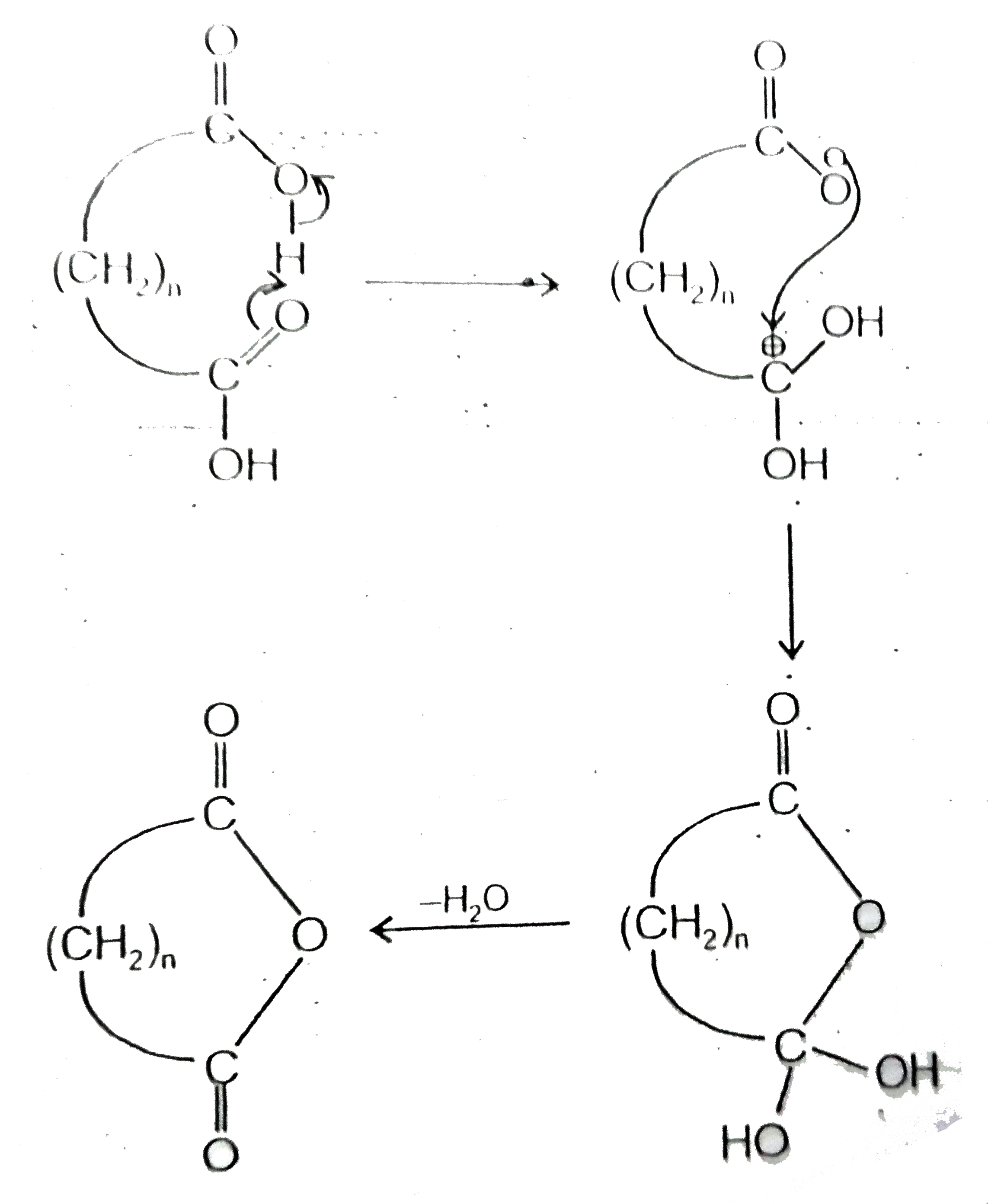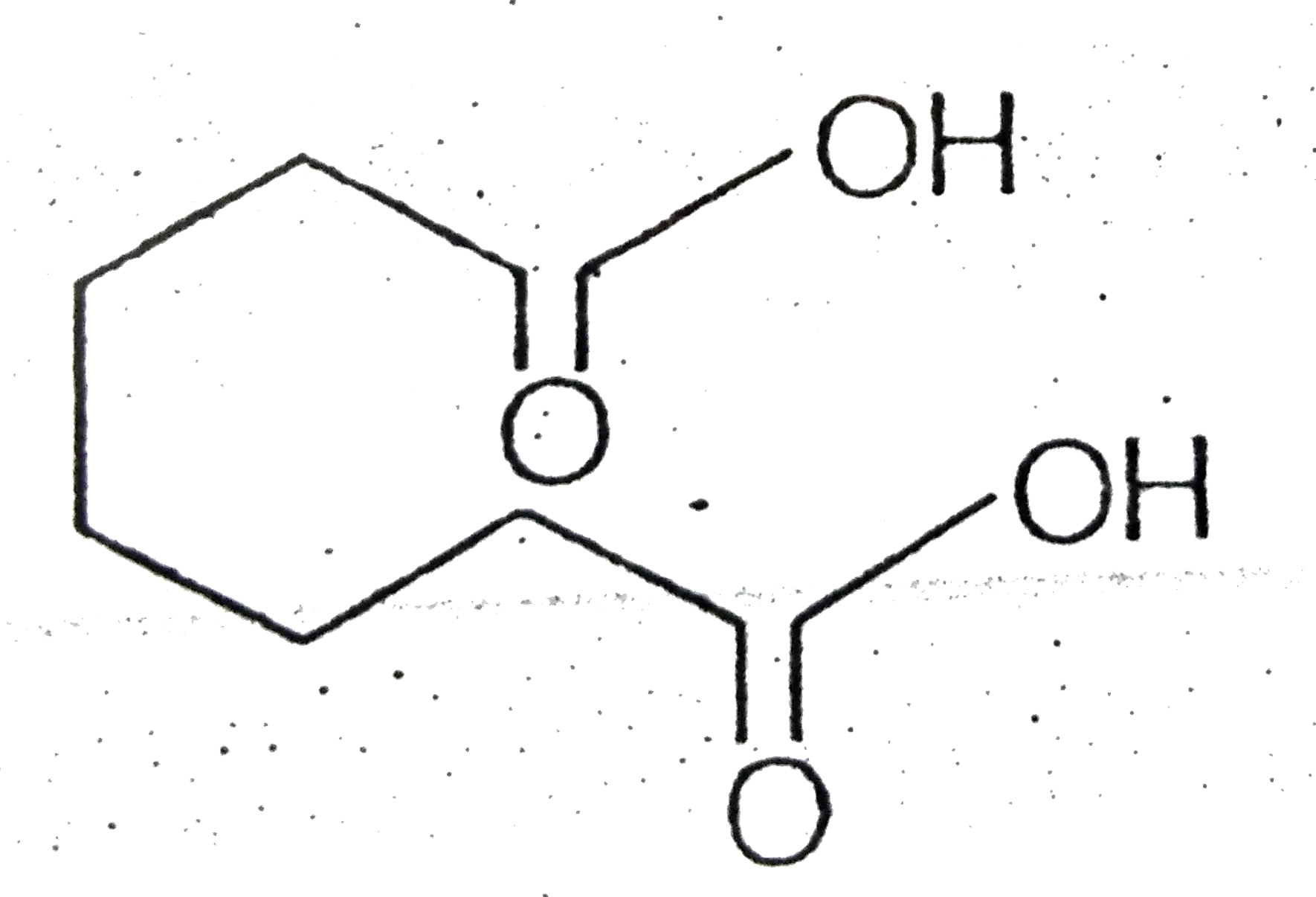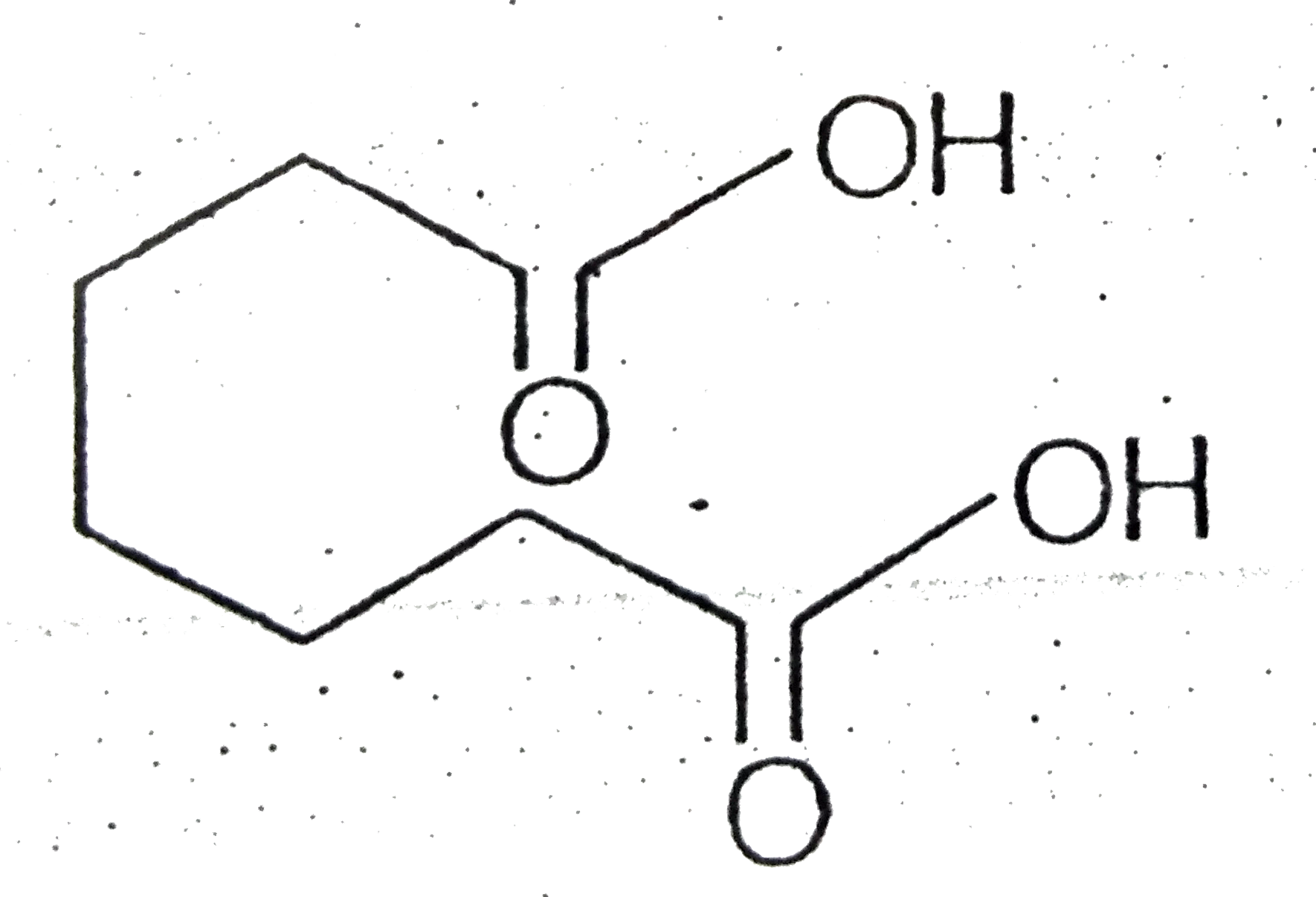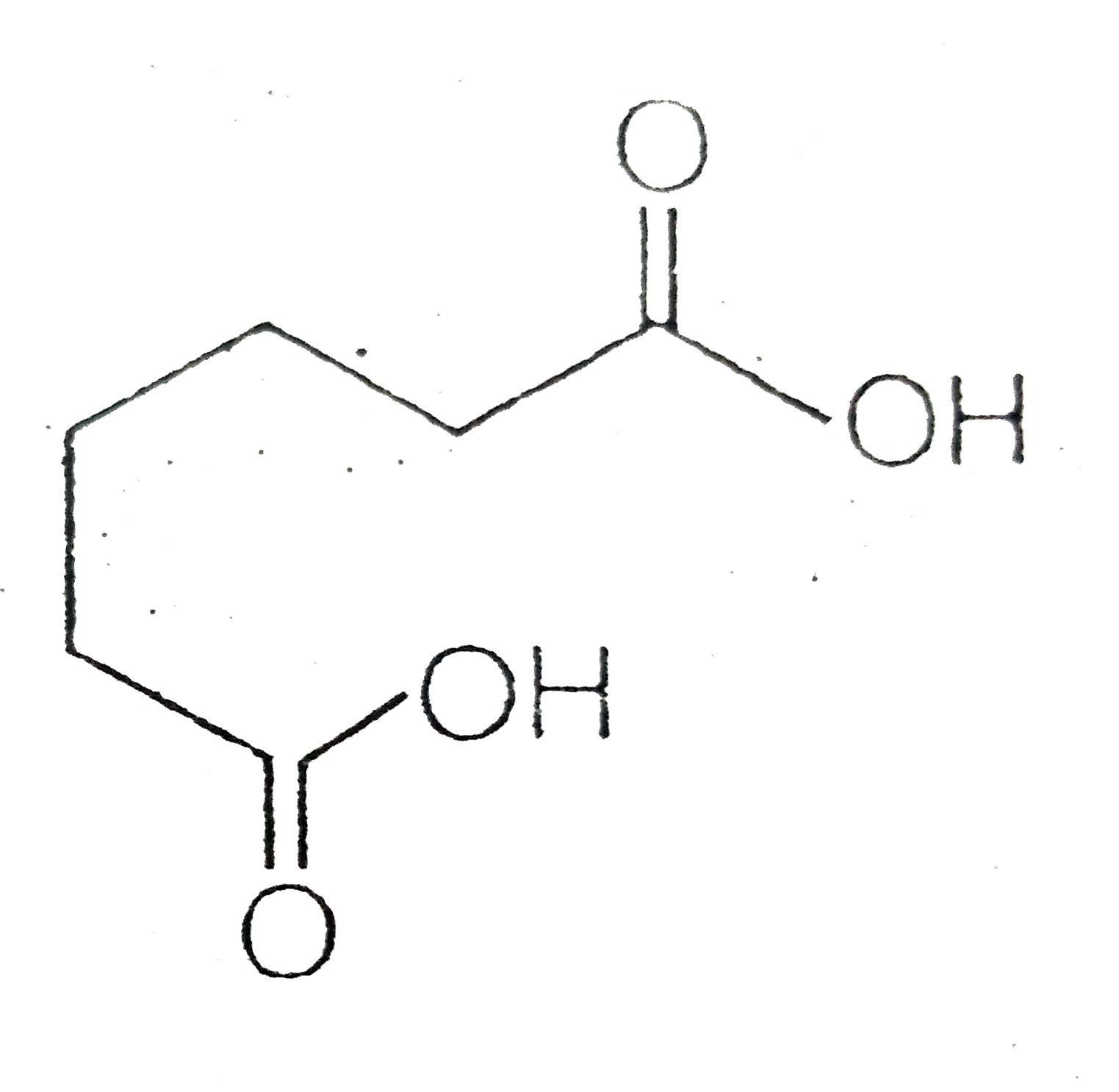A plant in your graden avoids photorespiratory loss, has improved water use efficiency, shows high rate of photosynthesis at high temperatures and has improved efficiency of nitrogen utilisation. In which of the following physiological groups would you assign this plant
Nitrogen fixer
C3
C4
CAM.
The correct Answer is:C
Step by step video, text & image solution for A plant in your graden avoids photorespiratory loss, has improved water use efficiency, shows high rate of photosynthesis at high temperatures and has improved efficiency of nitrogen utilisation. In which of the following physiological groups would you assign this plant by Biology experts to help you in doubts & scoring excellent marks in Class 12 exams.
Updated on:21/07/2023Topper's Solved these Questions
Similar Questions
Answer question numbers (a) - (d) on the basis of your understanding of the following paragraph and the related studied concepts :
Cellular DNA is the information source for making proteins in the cell. A section of DNA that provides information for one protein is called the gene for that protein. Let us take the example of tallness as a characteristic. We know that plants have hormones that can trigger growth. Plant height can thus depend on the amount of a particular plant hormone. The amount of the plant hormone made will depend on the efficiency of the process for making it. Consider now an enzyme that is important for this process. If this enzyme works efficiently, a lot of hormone will be made, and the plant will be tall. If the gene for that enzyme has an alteration that makes the enzyme less efficient, the amount of hormone will be less, and the plant will be short. Thus, genes control characteristics or traits.
Based on the given passage, define a gene.
View SolutionAnswer question numbers (a) - (d) on the basis of your understanding of the following paragraph and the related studied concepts :
Cellular DNA is the information source for making proteins in the cell. A section of DNA that provides information for one protein is called the gene for that protein. Let us take the example of tallness as a characteristic. We know that plants have hormones that can trigger growth. Plant height can thus depend on the amount of a particular plant hormone. The amount of the plant hormone made will depend on the efficiency of the process for making it. Consider now an enzyme that is important for this process. If this enzyme works efficiently, a lot of hormone will be made, and the plant will be tall. If the gene for that enzyme has an alteration that makes the enzyme less efficient, the amount of hormone will be less, and the plant will be short. Thus, genes control characteristics or traits.
Based on the information given, is there one or more genes on a chromosome ?
View Solution
Knowledge Check
A plant in your garden avoids photorespiratory losses, has improved water use efficiency shows high rates of photosynthesis at high temperatures and has improved efficiency of nitrogen utilisation. In which of the followubg physiological groups would you assign this plant
AC3BC4CCAMDNitrogen fixerA plant in your garden avoids photorespiratory losses, has improved water use efficiency shows high rates of photosynthesis at high temperatures and has improved efficiency of nitrogen utilisation. In which of the followubg physiological groups would you assign this plant
AC3BC4CCAMDNitrogen fixerCertain dicarboxylic acids spontaneously eliminate water when heated forming cycioc anhydirides. But for the reaction to be successfully. The cyclic anhydrides product must normally have a ring size of fivee or six members. There are two important reasons, first, the second carboxyl group can serve as the acid catalyst (by intramolecular proton transfer), as well as the nucleophile. And second, the high temperature involved reduce the need for catalyst.

Which of the following dicarboxylic acid would you expect to form cyclic anhydride?A B
B C
C D
D
Answer question numbers (a) - (d) on the basis of your understanding of the following paragraph and the related studied concepts :
Cellular DNA is the information source for making proteins in the cell. A section of DNA that provides information for one protein is called the gene for that protein. Let us take the example of tallness as a characteristic. We know that plants have hormones that can trigger growth. Plant height can thus depend on the amount of a particular plant hormone. The amount of the plant hormone made will depend on the efficiency of the process for making it. Consider now an enzyme that is important for this process. If this enzyme works efficiently, a lot of hormone will be made, and the plant will be tall. If the gene for that enzyme has an alteration that makes the enzyme less efficient, the amount of hormone will be less, and the plant will be short. Thus, genes control characteristics or traits.
How many genes are present for each character ?
View SolutionAnswer question numbers (a) - (d) on the basis of your understanding of the following paragraph and the related studied concepts :
Cellular DNA is the information source for making proteins in the cell. A section of DNA that provides information for one protein is called the gene for that protein. Let us take the example of tallness as a characteristic. We know that plants have hormones that can trigger growth. Plant height can thus depend on the amount of a particular plant hormone. The amount of the plant hormone made will depend on the efficiency of the process for making it. Consider now an enzyme that is important for this process. If this enzyme works efficiently, a lot of hormone will be made, and the plant will be tall. If the gene for that enzyme has an alteration that makes the enzyme less efficient, the amount of hormone will be less, and the plant will be short. Thus, genes control characteristics or traits.
Discuss the correlation between a gene and its physical expression.
View SolutionWhich of the following plants has high water retention capacity and is used to provide moisture to plants?
View SolutionRead the following text and answer the following questions on the basis of the same:
Losses of transformer
There are 4 types of losses in a transformer: Core loss, Ohmic loss, Stray load loss and dielectric loss.
(1) Core loss
Core loss has two components - hysteresis loss and eddy current loss. These together are called no-load losses of a transformer and are calculated by open circuit test.
(a) Hysteresis loss: This loss mainly depends on the core material used in the transformer. To reduce this loss, the high-grade core material can be used. CRGO-Cold rolled grain oriented Si steel is commonly used for this purpose.
(b) Eddy current loss: This loss can be reduced by designing the core using slight laminations. These losses are present even when no load is connected. So, these are also known as no-load loss.
(2) Copper Loss
Copper losses occur because of the Ohmic resistance in the windings of the transformer. If the currents in primary and secondary windings of the transformer are I1 and I2 and if the resistances of these windings are R1 & R2 then the copper losses that occurred in the windings are I21R1 & I22R2 respectively. So, the entire copper loss will be I21R1+I22R2.
This loss is also called variable or ohmic losses because this loss changes based on the load.
(3) Stray Loss
These types of losses in a transformer occur because of the occurrence of the leakage flux. As compared with copper and iron losses, the percentage of stray losses are less, so these losses can be neglected.
(4) Dielectric Loss
This loss mainly occurs within the oil of the transformer. Oil is an insulating material. Once the oil quality in the transformer deteriorates then the transformer's efficiency is affected.
Efficiency of Transformer
It is the ratio of output power and input power.
Efficiency = Output Power /Input Power.
The transformer is a highly efficient device which ranges between 95% -98.5%.
Which of the following losses in transformer is also known as no-load loss?
View SolutionRead the following text and answer the following questions on the basis of the same:
Losses of transformer
There are 4 types of losses in a transformer: Core loss, Ohmic loss, Stray load loss and dielectric loss.
(1) Core loss
Core loss has two components - hysteresis loss and eddy current loss. These together are called no-load losses of a transformer and are calculated by open circuit test.
(a) Hysteresis loss: This loss mainly depends on the core material used in the transformer. To reduce this loss, the high-grade core material can be used. CRGO-Cold rolled grain oriented Si steel is commonly used for this purpose.
(b) Eddy current loss: This loss can be reduced by designing the core using slight laminations. These losses are present even when no load is connected. So, these are also known as no-load loss.
(2) Copper Loss
Copper losses occur because of the Ohmic resistance in the windings of the transformer. If the currents in primary and secondary windings of the transformer are I1 and I2 and if the resistances of these windings are R1 & R2 then the copper losses that occurred in the windings are I21R1 & I22R2 respectively. So, the entire copper loss will be I21R1+I22R2.
This loss is also called variable or ohmic losses because this loss changes based on the load.
(3) Stray Loss
These types of losses in a transformer occur because of the occurrence of the leakage flux. As compared with copper and iron losses, the percentage of stray losses are less, so these losses can be neglected.
(4) Dielectric Loss
This loss mainly occurs within the oil of the transformer. Oil is an insulating material. Once the oil quality in the transformer deteriorates then the transformer's efficiency is affected.
Efficiency of Transformer
It is the ratio of output power and input power.
Efficiency = Output Power /Input Power.
The transformer is a highly efficient device which ranges between 95% -98.5%.
Which of the following losses in transformer is also known as variable loss?
View Solution
